Xiaomi announced the 200watt charging tech on 30th May 2021 and released a prototype the very next day. But is the 200watt charger really safe for your device and the Battery Health? How many devices are now currently supporting this tech? Read a complete Thread regarding the Charging Solution.
This is possible via Xiaomi by a custom-built Mi 11 Pro with a 4,000 mAh battery instead of the 5,000 mAh cell on the regular model.
The results were more than impressed with the wired HyperCharge solution filling the phone to 100% in a mere 8 minutes while the wireless charger only needed 7 more minutes, bringing the total charge time to 15 minutes. Both of these results qualified as new world records.
The 200W HyperCharger needed only 44-seconds to get the battery from 0 to 10%, followed by 50% in three minutes and finally a full 100% charge in just eight minutes. A specialist timing gear on the side showed the actual wattage going into the Mi 11 Pro in real-time. Power fluctuated between 15W and 198W.
On the wireless test, we saw a 10% charge in one minute, followed by a 50% in seven minutes and finally a 100% charge in 15 minutes. As usual, don’t expect to see speeds like this on commercial phones any time soon and it’s worth noting that battery degradation from charging at these surreal speeds will certainly be a big obstacle to overcome.
In all these Data’s and debates, Xiaomi answered all the questions about their 200watt Hyper Charger in the Twitter Handel.
Q – Can the heat dissipation of mobile phones and charging heads be guaranteed?
– In terms of hardware, 200W is 3 parallel charge pumps, with a single efficiency of 98.6% Is currently the highest in the industry,
One part is placed on the mainboard and part is placed on the small board, the heat can be evenly distributed.
In the software, a multi-level gradual current algorithm is used to control the current size with temperature changes to ensure that the temperature will not be too high.
The battery is made of a specially thickened graphite sheet that occupies more than 60% of the area of the mobile phone.
Dissipate the heat from the back of the battery.
On this basis, 200W wired and 120W wireless charging technology, both can achieve good heat dissipation and temperature control.
Q Is Hyper Charger easy to carry? Can it be thin and light?
– The charging speed and the energy density of the battery cannot have both,
In order to keep the charging speed up to 200W and keep it light and thin, we have made a particularly extreme design on the battery.
Minimize its impact on the thickness and weight of the battery. Look at this Xiaomi Mi 11PRO, so thin and light, you can still put 200W technology into it.
As for the charger, It can basically achieve the same size as 120W, and it may be smaller after mass production.
Q – Does Hyper Charger affect battery life?
– This time we specially customized a 10C super-fast charging chemical system for 200W.
The protection of battery materials is done to the extreme. The national standard for battery life is: 60% of the energy is maintained after 400 cycles. And we did:
After 800 cycles, the energy remains above 80%, which is higher than the national standard.
Q – There is no problem with domestic and foreign use, right?
– At present, Xiaomi chargers are designed according to international standards.
The input voltage can be charged normally at 100-240VAC. We have done certifications in more than 30 countries and regions on MI11,
Because the standards of different countries and regions are different, the length of the jacks on the sockets is different.
As long as you bring a universal converter, you can charge your mobile phone.
Q – Is Hyper Charger safe to charge so fast?
– This technology, There are up to 40 safe and active protective measures involved from the charger end to the motherboard and the battery end. These protective measures mainly provide comprehensive protection from the four dimensions of charging temperature, charging voltage, and charging current, including the entire charging protocol, to ensure safety.
Q – Xiaomi charging technology, How to get to today step by step?
– We attach great importance to mobile phone charging technology, Before 2018, Xiaomi’s charging technology lags behind its friends. We have been thinking Why can’t our charging technology surpass friends?
At the middle and end of 2017, a team of charging experts in various fields began to be established. We set a goal to be the fastest charging technology in the industry.
After more than a year of hard work, engineers have overcome many difficulties. At the beginning of 2019, Xiaomi released a fast charging with 100W technology, which caused a warm response in the mobile phone charging industry.
Ask when this technology will produce energy. In August last year, we launched the world’s first 120W wired charging technology.
From 27W to 33W of Mi 9 from 2018, to 40W, 55W, 67W to 120W,
Today, with the release of 200W technology, one step at a time, we have achieved our goal and reached the leading level in the industry.
Q – What is the secret of Xiaomi’s go-ahead?
– There are three more important points that have prompted us to go from behind to surpassing the current industry leader:
• The company’s top management including the boss continues to invest in the field of charging technology;
• The rapid growth of the team of charging experts, coupled with the improvement of personnel capabilities, is now the top technical team in the industry;
• Xiaomi has always had an engineering culture, our engineers can boldly innovate and try and make mistakes, breaking or breaking through the shackles of traditional technologies.
Q – Will Hyper Charger be unsafe when the power supply of the user terminal is too high?
– In fact, we attach great importance to safety, including the first question I answered. We will conduct pressure tests and experiments in accordance with internal corporate standards for pressure resistance, plug-in, corrosion resistance, and electric spark tests. When the product is used, the experience will be very safe.
What’s your viewpoint on this 200W HyperCharge Charging Solution? Comment down below.
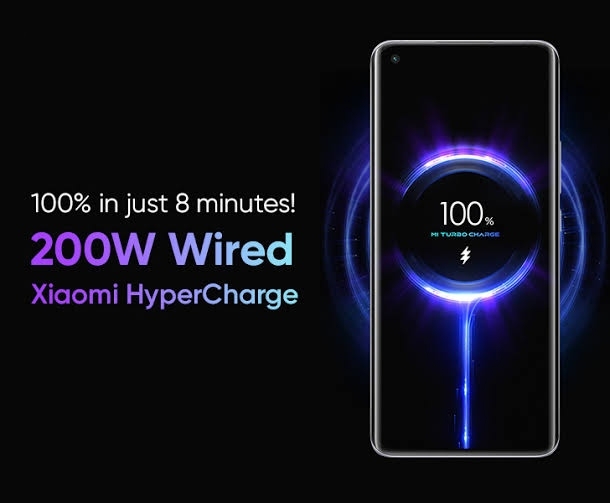
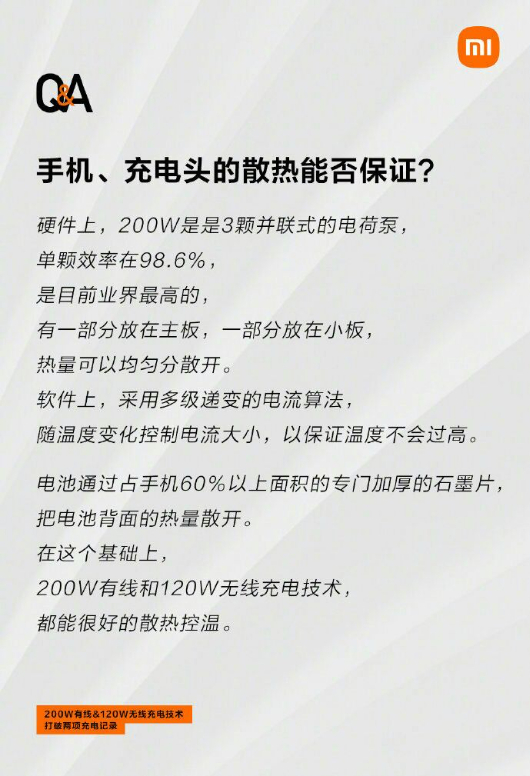

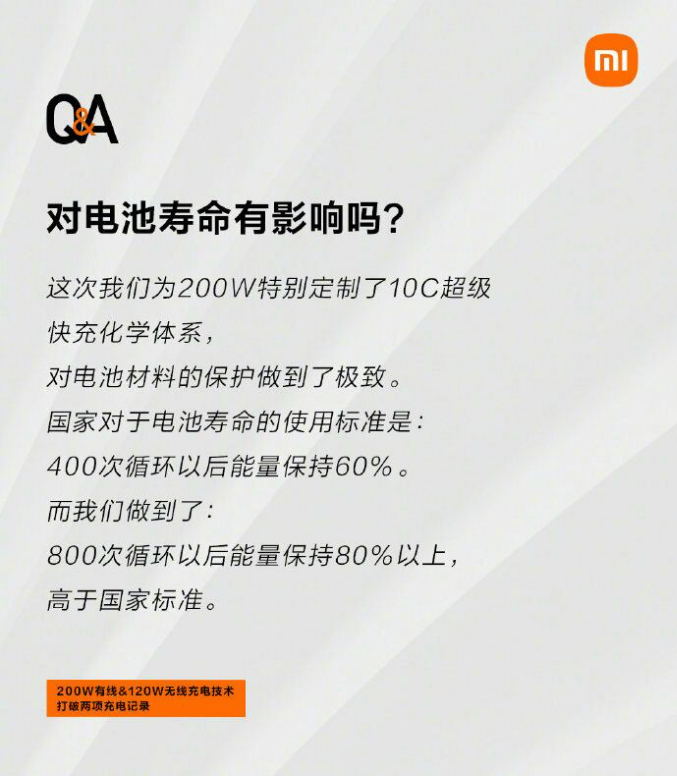
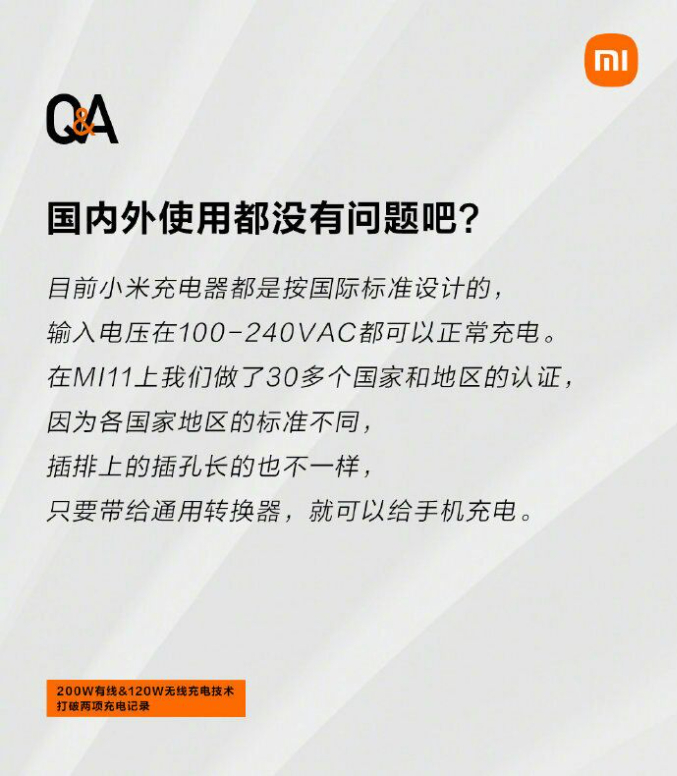
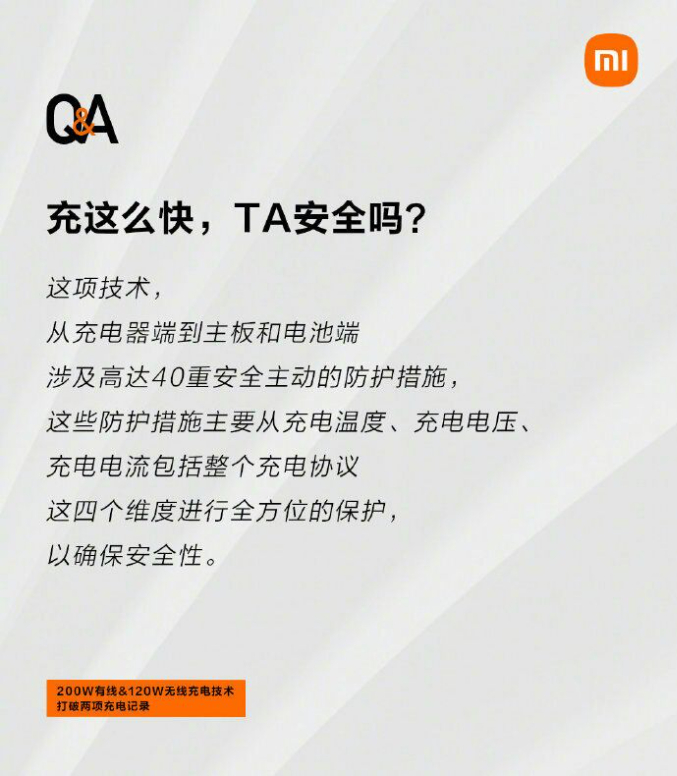
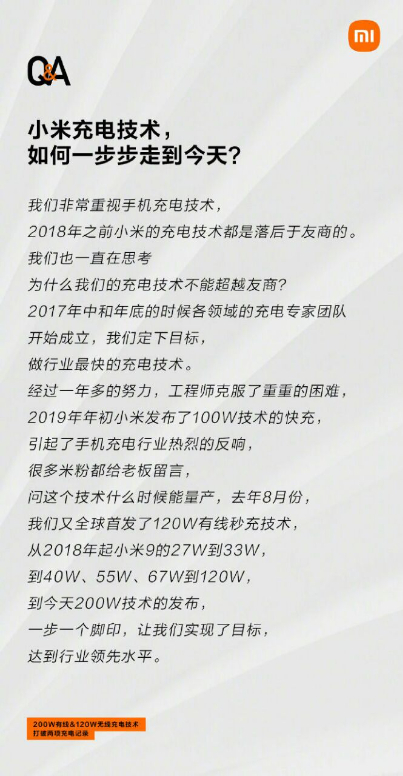
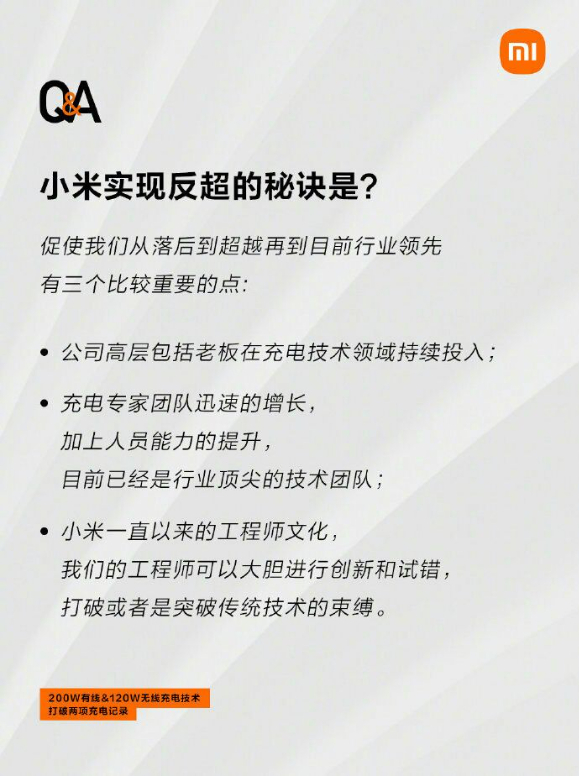
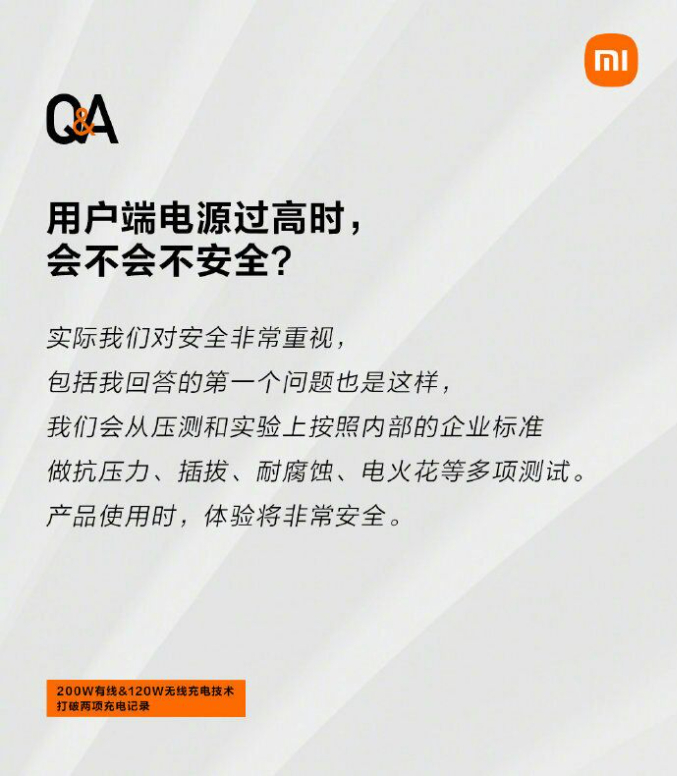




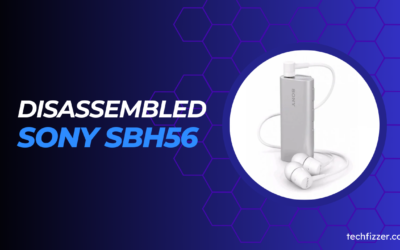
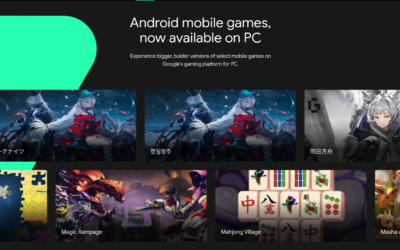

0 Comments